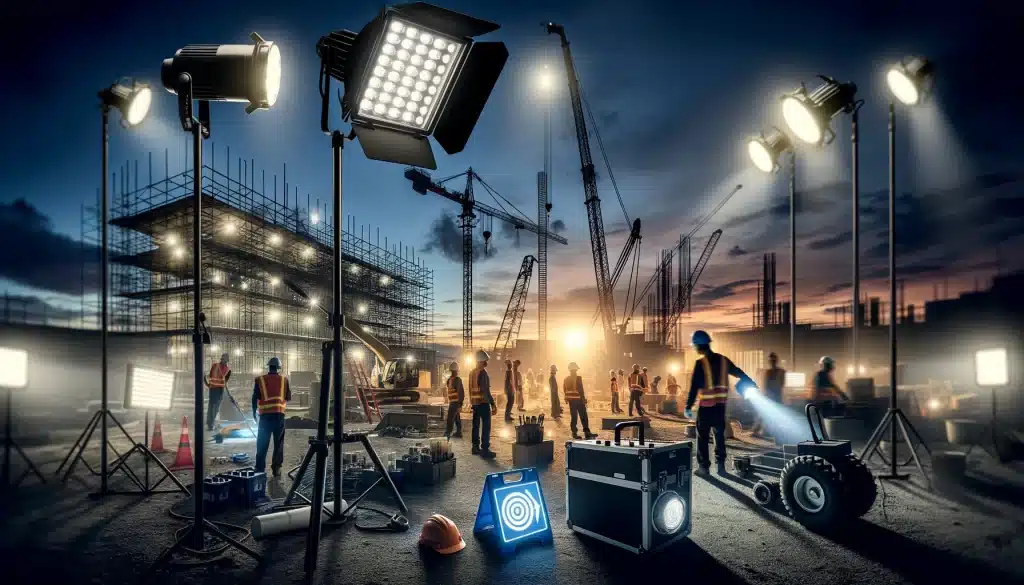
Welcome to Tally Ho Lighting
Welcome to Tally Ho Lighting
Outdoor lighting can transform the look and feel of your landscape, creating a magical ambiance and enhancing the overall appeal of your outdoor space. However, installing outdoor lighting in tricky landscapes can be a daunting task. From uneven terrain to limited access points, there are various challenges that can make the installation process difficult. But fear not! In this article, we will share some unconventional hacks that will help you navigate these challenges and successfully install outdoor lighting in tricky landscapes.
Before diving into the installation process, it’s crucial to assess your landscape thoroughly. Take note of the existing features, such as trees, pathways, and architectural elements, that you want to highlight with your outdoor lighting. Additionally, identify the areas that require extra illumination for safety and security purposes. By understanding the unique characteristics of your landscape, you can plan your lighting installation more effectively.
Once you have assessed your landscape, it’s time to plan the layout of your outdoor lighting. Consider the focal points and key areas that you want to illuminate. Map out the placement of lights, taking into account the natural flow of your landscape. For tricky landscapes, it’s essential to think outside the box. Look for unconventional spots where you can install lights, such as under trees, along staircases, or even underwater in ponds or pools. By strategically placing lights in unexpected locations, you can create a stunning and unique lighting design.
Selecting the right lighting fixtures is crucial for achieving the desired effect in your landscape. For tricky landscapes, opt for fixtures that are specifically designed for outdoor use and can withstand the elements. Consider using adjustable fixtures that allow you to direct the light precisely where you want it. Additionally, explore different types of lighting, such as spotlights, floodlights, and path lights, to create layers of illumination and add depth to your landscape.
If your tricky landscape poses challenges in terms of access to electrical outlets or wiring, consider using solar-powered lights. Solar lights are not only eco-friendly but also convenient to install. They rely on the sun’s energy to charge during the day and automatically illuminate your landscape at night. Place them strategically in areas with ample sunlight exposure to ensure optimal performance. Solar-powered lights can be a game-changer for landscapes with limited electrical options.
To enhance the functionality and energy efficiency of your outdoor lighting, incorporate motion sensors. Motion sensors can detect movement and automatically turn on the lights, providing added security and convenience. By strategically placing motion sensor lights in key areas, such as entryways or pathways, you can ensure that your landscape is well-lit when needed, while also conserving energy when not in use.
Don’t be afraid to get creative with the colors of your outdoor lighting. While traditional white lights are timeless, experimenting with different colors can add a touch of vibrancy and personality to your landscape. Consider using colored bulbs or LED strips to create a festive atmosphere for special occasions or to highlight specific features in your landscape. Play around with different color combinations to find the perfect balance that complements your landscape’s overall aesthetic.
Embracing smart lighting technology can take your outdoor lighting to the next level. With smart lighting systems, you can control your outdoor lights remotely, adjust brightness levels, and even create custom lighting schedules. Some systems also offer integration with voice assistants, allowing you to control your lights using voice commands. Smart lighting technology provides convenience and flexibility, making it an excellent choice for tricky landscapes.
In conclusion, installing outdoor lighting in tricky landscapes may seem challenging at first, but with the right approach and these unconventional hacks, you can overcome the obstacles and create a stunning illuminated landscape. Assess your landscape, plan the layout strategically, choose the right lighting fixtures, and consider solar-powered lights for areas with limited access to electricity. Incorporate motion sensors for added functionality and experiment with different light colors to add a personal touch. Lastly, embrace smart lighting technology to elevate your outdoor lighting experience. By following these tips, you can transform your tricky landscape into a beautifully lit oasis that will leave your neighbors in awe.
Share to :

Lighting the way to a brighter tomorrow, one space at a time
Copyright © All Right Reserved